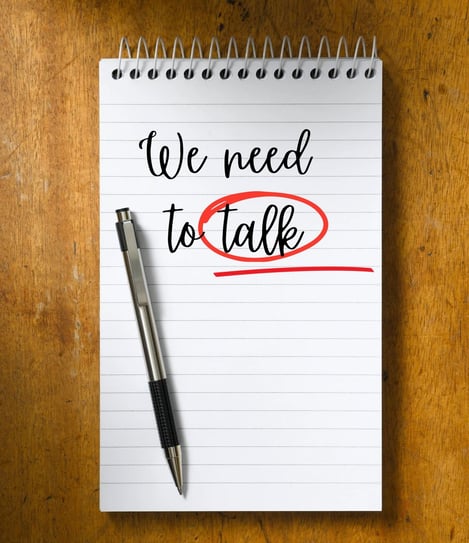How to Have an Hard Conversation with an Employee
I've learned that mastering difficult conversations is crucial for leadership success. Here's the framework I use to transform challenging discussions into growth opportunities.
WORK PSYCHOLOGY
Gilmar Pereira
11/7/20241 min read


🎯 Master Difficult Conversations: A Leader's Guide
Step 1: Set the Stage
❌ Don’t jump straight into criticism or schedule a mysterious meeting
✅ "I'd like to discuss how we can improve your project delivery performance. When would be a good time for us to talk?"
Then, when meeting, set the intention: "I need to discuss something important with you, and I want us to work through it together. This might be uncomfortable, but I believe it will help us both grow. My goal is to find ways to enhance your effectiveness within the team."
Next, follow the FBI Method:
F - Feelings
• Express your emotions professionally and authentically
• Shows vulnerability and creates connection ❌ "You're always late with deliverables" ✅ "I feel concerned about our project timelines"
B - Behavior
• Focus on specific, observable actions
• Avoid generalizations or personal attacks ❌ "You're not a team player" ✅ "During the last three sprint meetings, I noticed you worked independently without updating the team"
I - Impact
• Explain the broader consequences
• Help them understand why the behavior matters ❌ "You're causing problems" ✅ "This has delayed our release by two weeks and required other team members to work overtime"
💡 Pro Tip: Being transparent about the meeting's purpose and timing allows your team member to prepare mentally and demonstrates respect. It transforms the conversation from a potential confrontation into a collaborative problem-solving session.
Leading technical teams taught me that direct, specific feedback - delivered with empathy and clear intentions - accelerates growth and builds stronger relationships.


